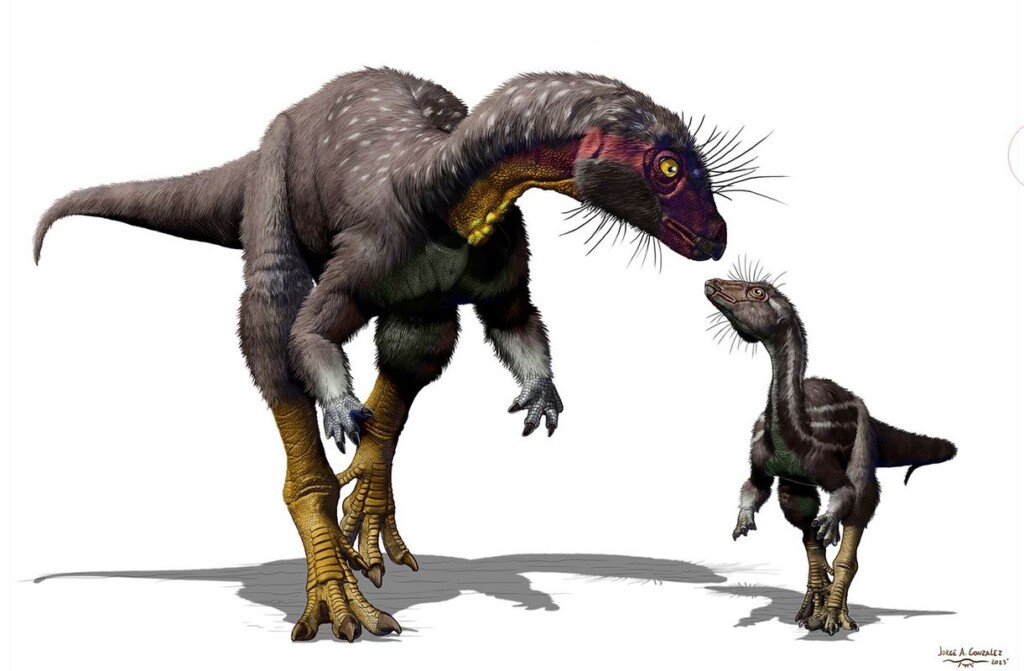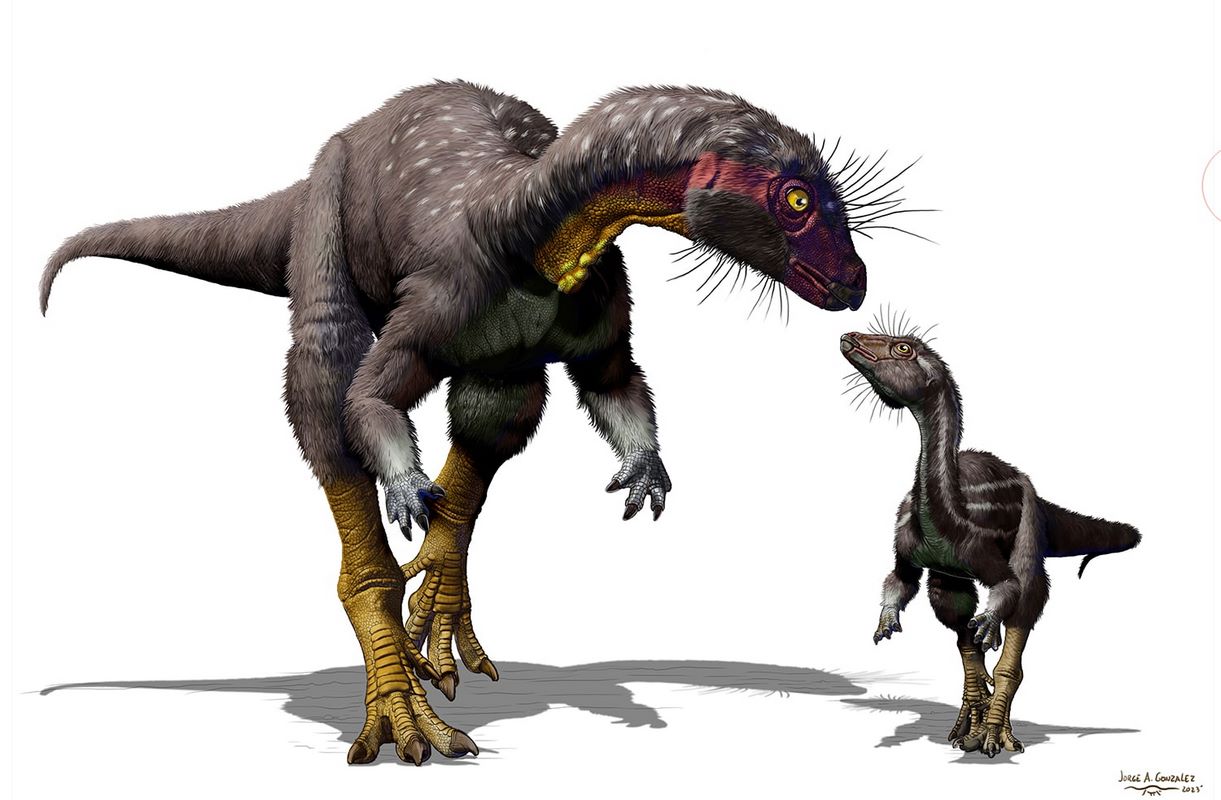
Paleontologists recently identified a dinosaur that is believed to have lived at least partially underground—demonstrating that dinosaurs successfully exploited every kind of habitat available to them.
Fona herzogae lived 99 million years ago and possesses a skeleton that bears many hallmarks of animals that burrow.
Discovered in Utah by paleontologists from North Carolina State University and the North Carolina Museum of Natural Sciences, it was a rather simple, unornamented dinosaur about as big as an average-sized dog.
Examinations of several close-to-complete skeletons show that F. herzogae possessed large bicep muscles, fused bones along the pelvis, and strong muscle attachment points on the hips and legs: all signs of a burrowing lifestyle.
Where it was discovered in Utah was, at the time of the animal’s life, a flood plain called Mussentichit that formed along the edges of a massive inland sea to the east, and peaks and volcanoes to the west. It was warm, it was humid, and it was riverine.
“The bias in the fossil record is toward bigger animals, primarily because in floodplain environments like the Mussentuchit, small bones on the surface will often scatter, rot away, or become scavenged before burial and fossilization,” says Haviv Avrahami, a Ph.D. student at NC State and first author on the paper describing the dino.
“But Fona is often found complete, with many of its bones preserved in the original death pose, chest down with splayed forelimbs, and in exceptionally good condition,” Avrahami says. “If it had already been underground in a burrow before death, it would have made this type of preservation more likely.”
“Fona skeletons are way more common in this area than we would predict for a small animal with fragile bones,” adds Lindsay Zanno, head of paleontology at the North Carolina Museum of Natural Sciences and corresponding author of the work.
OTHER SURPRISING DINOSAURS: At Long Last, Paleontologists Find Remains of a Swimming Dinosaur—’a Cretaceous Cormorant’
“The best explanation for why we find so many of them, and recover them in small bundles of multiple individuals, is that they were living at least part of the time underground. Essentially, Fona did the hard work for us, by burying itself all over this area.”
F. herzogae is not the first dinosaur to be found in these conditions and with these adaptations. Oryctodromeus, which was first reported as a digger in 2007, demonstrates many of the same clues, including bicep size and the consistency of skeletal fossilization.
Also shared between the two is their paleohabitat. Although no Fona burrows have been found, those of Oryctodromeus have been identified in nearby Idaho and Montana, suggesting that Fona too was a burrower.
YOU MAY ALSO LIKE: Pony-Sized Dinosaurs Swam or Floated Across Hundreds of Miles of Ocean from America to Colonize Africa
Securing more evidence of subterranean living in dinosaurs essentially confirms that the clade expanded into every single habitat available to them on land, including freshwater, treetops, and the underground.
“People tend to have a myopic view of dinosaurs that hasn’t kept up with the science,” Zanno says. “We now know that dinosaur diversity ran the gamut from tiny arboreal gliders and nocturnal hunters, to sloth-like grazers, and yes, even subterranean shelterers.”
SHARE This Amazing Discovery That




















